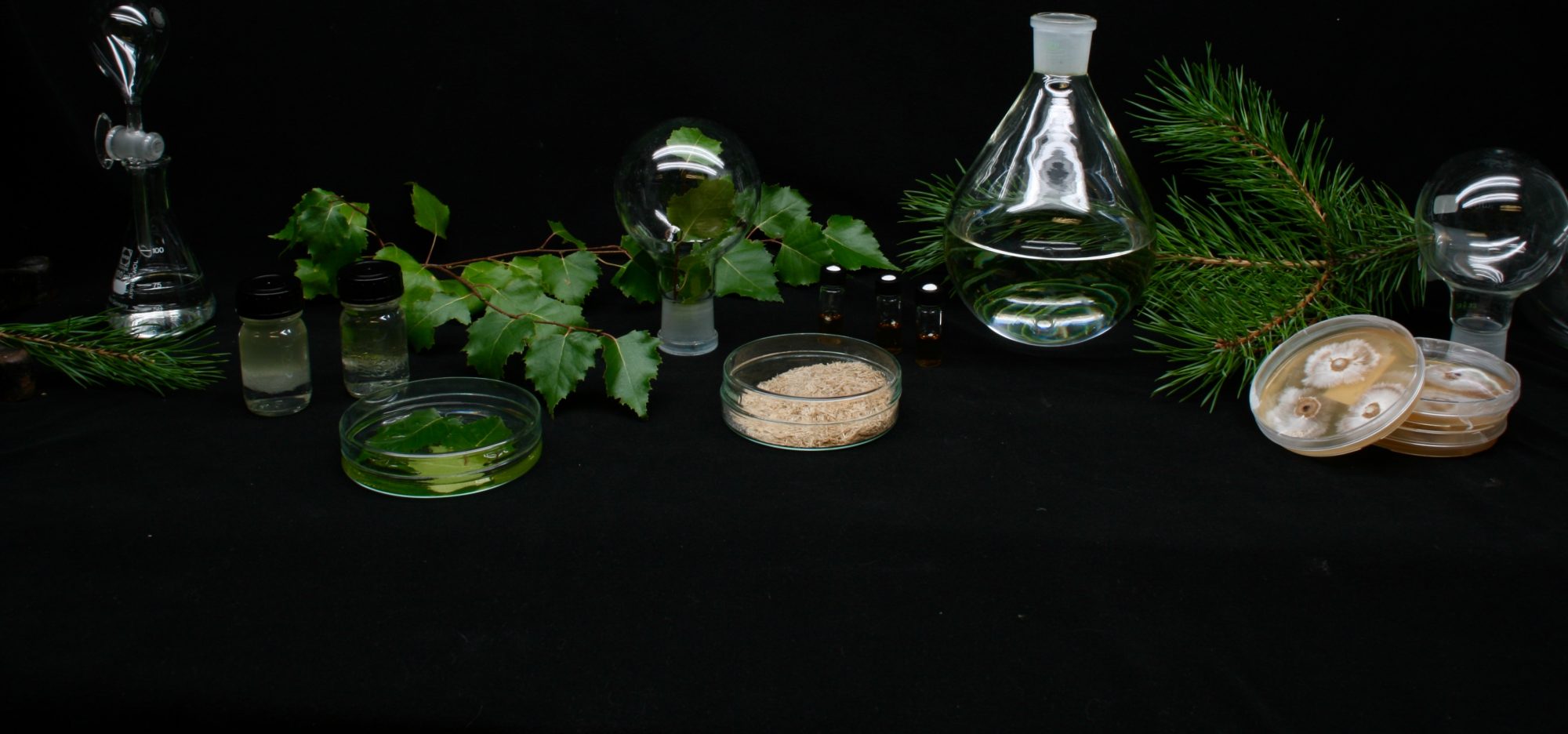
The possible metabolic reactions of the aromatic biopolymer lignin were investigated as a part of the GOOD-project: Improved gut health by wood-derived gums (Jane and Aatos Erkko Foundation). In the experimental setup of the project, rats consumed hemicelluloses (mainly xylan) derived from birch wood in their diet. In the first part of the project, it was found that xylan has potential as a prebiotic dietary fiber promoting gut health.
Reference to the first part of the study on xylan promoting gut health:
Kynkäänniemi, E., Lahtinen, M. H., Jian, C., Salonen, A., Hatanpää, T., Mikkonen, K. S., & Pajari, A. M. (2022). Gut microbiota can utilize prebiotic birch glucuronoxylan in production of short-chain fatty acids in rats. Food & Function, 13(6), 3746-3759. https://doi.org/10.1039/D1FO03922A
In the experimental setup the xylan groups were further divided into two different groups: one group obtained purified xylan, whereas the other group also obtained lignin, which is present in the unpurified xylan. By using many modern analytical tools in chemistry and gut microbiome research, we gained multiple pieces of evidence showing that lignin is metabolized by the action of certain gut microbes from the Eggerthella genus in the large intestine to smaller molecules, such as sinapic and ferulic acids, and their derivatives. The collaboration in our multidisciplinary research team was integral and many of the tools used came from the field wood chemistry. In addition, knowledge in food and nutrition, and gut microbiome research were essential in order to gather, interpret, and make conclusions of all the findings.
Reference to the second part of the study on lignin metabolism:
Lahtinen, M. H., Kynkäänniemi, E., Jian, C., Salonen, A., Pajari, A.-M., Mikkonen, K. S., Metabolic fate of lignin in birch glucuronoxylan extracts as dietary fiber studied in a rat model. Mol. Nutr. Food Res. 2023, 2300201. https://doi.org/10.1002/mnfr.202300201










